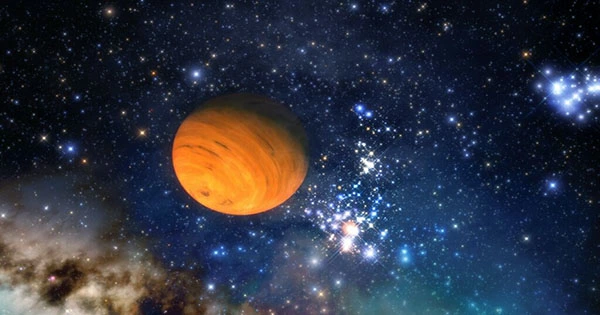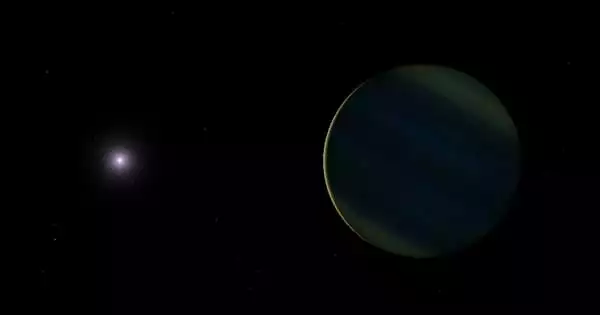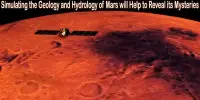The universe is a dangerous place, and protostar systems do not always get to condense peacefully into stars and planets. Astronomers have long hypothesized that when a star passes close enough to cause gravitational distortions, the process of planetary formation can be disturbed. They have now seen it in action, which one person described as “similar to capturing lightning striking a tree.” We are aware that stars move around in relation to one another. A red dwarf, for example, came close enough to our solar system 70,000 years ago to alter cometary orbits.
Because most stars originate in dense clusters, computer simulations imply that close encounters should be common over the few million years it takes for star systems to form. However, they are so rare that seeing one requires a lot of luck. Nonetheless, that is what Dr. Ruobing Dong and co-authors from the University of Victoria in Canada believe they have accomplished. They present observations of the Z Canis Majoris (Z Cma) star system, which is a million years away from becoming a binary star system, with the Atacama Large Millimeter/Submillimeter Array (ALMA) and the Karl G. Jansky Very Large Array (VLA) in Nature Astronomy.
Z CMa has lengthy streams of material flowing out around it instead of the usual elliptical disk of gas and dust on its route to producing planets, which Dong and colleagues ascribe to the intruder star’s gravitational pull. “Observational proof of flyby events is difficult to gather since these events occur quickly and are difficult to catch in motion,” said Dong in a statement. “This finding demonstrates that close collisions between young stars containing disks do occur in the actual world…. Prior observational studies have seen flybys, but they hadn’t been able to gather the extensive evidence of the event at Z CMa that we were able to gain.”
Protostellar disks are commonly disrupted, although, in the great majority of cases, interactions within the system are assumed to blame. Because most stars form in pairs or as part of larger groupings, when they orbit each other, they can cause pressure waves in the disk. Astronomers cannot always distinguish if an intruder or the system stars are to blame when they see a disrupted disk. “When a star contact occurs, it generates changes in disk morphology — spirals, warps, shadows, and so on,” stated Dr. Nicolás Cuello of the Université Grenoble Alpes.
The authors of Z CMa did not just think the long streamers were distinctive enough to suggest a flyby occurrence; they also utilized them to identify the invader, who was now voyaging away from the system. The invader is presently 4,700 astronomical units (0.07 light-years) away from the stars of Z CMa. It formed a torrent in its passage that stretches nearly half that distance. Z CMa is roughly 3,700 light-years from Earth and consists of two stars, one about as big as the Sun and the other five times more massive. It is notable that it is a “double burster,” with both stars undergoing spectacular explosions when disk material falls on them.
Although it is possible that this is a coincidence, Dong, Cuello, and their co-authors are eager to look into the possibility that the intruder’s influence is to blame. Planetary systems were supposed to be the exception for a long time, existing only when stars passed so near to each other that material could be drawn out and finally become planets. We now know that this is not the case and that planets can form even in remote star systems. Nonetheless, flybys like this one, which occurs at critical points in a system’s evolution, appear to have the potential to affect the composition and orbits of planets that do form, and astronomers are eager to learn how.
















